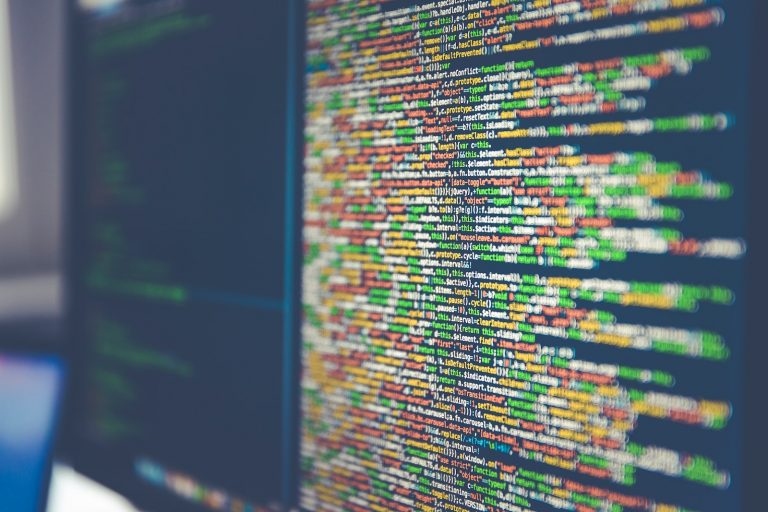Two technology frontiers have made major progress in the dynamic terrain of software development in recent years: Generative Artificial Intelligence (Generative AI) and Automated Testing. As these fields advance separately, an intriguing crossing occurs, offering a once-in-a-lifetime chance to investigate the synergy between Generative AI and Automated Testing in the quest for higher software quality.
Story Stages
The Confluence of Creativity and Precision: Generative AI and Automated Testing Unveiled
A subclass of artificial intelligence known as generative AI focuses on producing material rather than simply understanding or recognizing it. This type of AI has acquired popularity in a variety of creative industries, including painting and music creation. generative AI testing presents a new paradigm in software development by autonomously producing code, challenging old conceptions of human-centric development. Automated Testing, on the other hand, seeks to improve software quality by automating the testing process, guaranteeing that code modifications do not create faults or disrupt current functions.
Code Generation and Quality Assurance: A Harmonious Duo
The combination of Generative AI and Automated Testing has the potential to revolutionize the software development life cycle. Developers may go on a journey to accelerate development cycles, increase code quality, and improve overall software reliability by leveraging the creativity of Generative AI and the precision of Automated Testing.
Unlocking Creativity: Generative AI’s Role in Code Generation
Code generation is a key point of contact between Generative AI and Automated Testing. Generative AI techniques may detect patterns in current codebases and produce new code snippets on their own. This method not only speeds up development but also adds a dimension of creativity to code production. However, the produced code must be rigorously tested to assure its operation, interoperability, and adherence to quality standards. Automated Testing integrates smoothly into this approach, giving a systematic means to test the output of Generative AI technologies and uncover possible concerns early in the development cycle.
Navigating Complexity: Generative AI and Automated Testing in Technological Diversity
Furthermore, Generative AI may be quite useful in the generation of test scenarios. Generative AI systems may generate various and thorough test scenarios by studying the application’s behavior and probable edge situations. These produced test cases may then be fed into Automated Testing frameworks, allowing for thorough testing without the requirement for intensive manual effort. This integration of Generative AI with Automated Testing solves the difficulty of creating test cases in complicated and fast growing software systems.
The Continuous Testing Odyssey: Agile Development and Iterative Assurance
In the context of software maintenance, where updates and adjustments are frequent, Generative AI leads to the development of intelligent bots capable of automatically recognising regions of code impacted by changes. These bots may then produce equivalent test cases to ensure that changes do not introduce regressions or impair current functions. The function of Automated Testing becomes critical in running these created test cases rapidly and reliably, protecting the software’s integrity over iterative development cycles.
Overcoming Skepticism: Strategically Embracing Automation in Software Development
Despite the apparent benefits of automated methods for traversing end-to-end testing issues, some skepticism lingers. The initial setup and configuration of automated testing frameworks may appear difficult, prompting some to doubt whether the investment in automation is warranted. However, it is critical to regard this as a strategic investment. While the initial effort to set up automated tests may be greater, the long-term advantages in terms of time saved, decreased manual mistakes, and enhanced testing coverage far outweigh the initial expenditure.
Adaptive Testing Strategies: Generative AI and Automated Testing in Harmony
Furthermore, the partnership between Generative AI and Automated Testing extends to the field of adaptive testing methodologies. As software systems get more complicated, maintaining a thorough and up-to-date test suite becomes a challenging effort. Machine learning-enabled generative AI algorithms may continually analyze changes in application behavior and automatically update test suites to accommodate new features or functions. Automated Testing readily fits into this adaptive testing paradigm, orchestrating tests to validate the shifting software landscape.
Proactive Anomaly Detection: A Generative AI and Automated Testing Partnership
Furthermore, the synergy between Generative AI and Automated Testing becomes much more obvious in the situation of anomaly detection. After learning the regular patterns of software behavior, generative AI models may discover anomalies or unexpected behaviors in the system on their own. Automated Testing frameworks may then be used to construct tailored tests that directly address these abnormalities, enabling a proactive approach to discovering and correcting possible issues before they affect end-users.
Challenges and Ethical Considerations: Navigating the Intersection
Despite the symbiotic relationship’s possibilities, difficulties continue. While generative AI models are creative, they may output code that demands close attention. The risk of introducing unforeseen side effects or vulnerabilities needs rigorous Automated Testing practices to properly check the produced code. Finding the correct combination of originality and dependability becomes critical when incorporating Generative AI into the software development cycle.
The Ethical Compass: Automated Testing as the Guardian of Standards
Furthermore, the ethical implications of using Generative AI in software development should not be disregarded. The autonomous production of code raises concerns about accountability, transparency, and the potential biases inscribed into the created artifacts. With its capacity to systematically assess code, automated testing becomes a vital tool in ensuring that ethical and quality standards are maintained throughout the software development process.
Orchestrating Creativity and Precision for Software Excellence
In the pursuit of higher software quality, the combination between Generative AI and Automated Testing provides an enormous potential frontier. The combination of creativity and accuracy, invention and validation, results in a comprehensive approach to software development that pushes beyond traditional bounds. As Generative AI pushes the frontiers of what is possible, Automated Testing is at the forefront, guaranteeing that AI creations are not just inventive, but also resilient, dependable, and aligned with the highest quality standards. Exploration of this symbiotic relationship has the potential to shape the future of software development, in which the marriage of Generative AI and Automated Testing becomes a cornerstone in the pursuit of higher software quality.
